Art History Exit Slips for Principles of Design
Looking to teach your students about the principles of design through art history? These exit tickets for art class are a great way to expose children to diverse artwork by painters, sculptors, fiber artists, etc.
Need a quick and easy formative assessment tool for your SGO or SLO? Have a scheduled observation and want a way to polish off the end of your art lesson? Check out this comprehensive pack of 100 unique art exit slips. Each targets a principle of design found in art history in diverse artworks.
This resource also includes a PowerPoint slide to accompany every art exit ticket! Each features a large image of the entire artwork, a close-up, and the writing prompt.
This assessment tool is designed for students in 2nd grade through 8th grade. If you’re teaching about balance, contrast, emphasis, movement, proportion, repetition, rhythm, unity, or variety, they’re also easy to align to any art lesson.
Why Use Art History Exit Tickets?
- Practice, reinforce, and respond to artwork, vocabulary, and art concepts
- Touch upon artists and artisans from diverse cultures
- Encourage expository writing and literacy skills
- Collect data for your SGO or SLO assessment
- Easy to align with any state or local curriculum guides
Teacher Directions
There are a couple different ways to use these exit slips, whether it be at the end of a lesson or a unit of study.
For example, you could pre-select a slip and give everyone the same prompt to complete during the last few minutes of class. So, if you’re teaching your students to draw a face using standard measurements, you might consider selecting the prompt that reads, “Look carefully at ‘Madam Pompadour.’ What facial proportions are not accurate?”
Or maybe you’ve just completed a printmaking unit involving rhythm and you want your students to demonstrate they can apply what they learned. You might want to use the prompt that reads, “How does the flowing rhythm in this woodblock print help to tell the story?”
You could also use an exit ticket as a quick way to introduce art history concepts in small doses. This is especially effective for art teachers who have very short class periods.
A fully choice-based art teacher might choose to print out all 100 writing prompts, put them in labeled folders according to the principle of design, and instruct students to select one from a certain folder.
So if on that day your class is focusing on proportion, each student grabs a prompt in that folder. And with the number of prompts given, it’s likely that you’ll wind up with all types of reflection pieces that are authentic to the learning in your classroom.
Art exit slips are a great way to gauge student learning concepts and assess standards. Each prompt comes 4 to a page. Simply print and go!
Art History Exit Slip Examples
Balance (Symmetry)
- Explain why this painting by Claude Monet is an example of an asymmetrical composition.
- “Weaving” by Mexican muralist Diego Rivera shows informal balance. What did he do to balance out the figure?
Contrast
- What did sculptor Antonio Canova do to add contrast between the skin and hair on this marble bust?
- Where do you see color contrast in “The Vase of Tulips” by Paul Cézanne?
Emphasis
- What is the focal point of this print by Honoré Daumier?
- Name 3 techniques artist Thomas Hicks used to make the figure behind the wood stove stand out.
Movement
- Alexander Calder created sculptures that use kinetic movement. How do you think “Starfish” moves?
- Where do you see repetition of shapes that create a sense of movement?
Proportion (Scale)
- Study “Mrs. William Bonham (Ann Warford.)” Which body proportions are not realistic? Why do you think the artist chose to portray his subject like this?
Repetition (Pattern)
- Why do you think the Anasazi spent so much time decorating this bowl with patterns?
- What motif is being repeated?
Rhythm
- Explain why “Sky Above Clouds IV” is a progressive rhythm.
- Which ties in Wayne Thiebaud’s “Row of Ties” are examples of irregular rhythm?
Unity (Harmony)
- What are two ways in which Archibald John Motley Jr. created harmony in “Nightlife?”
- This African mask is made with wood, pigment, glass beads, cowrie shells, fabric, and thread. How does the repetition of the materials help unify the design?
Variety
- Where do you see a variety of shapes in Romare Bearden’s collage, “The Return of Odysseus?”
Grade Levels
- 2nd Grade – 8th Grade
You Will Receive
- 9 Non-Editable PDFs (One for Each Principles of Design)
- 9 Non-Editable PowerPoint Slides (One for Each Exit Slip)
Terms of Use
Please refer to my complete terms of use prior to purchasing.
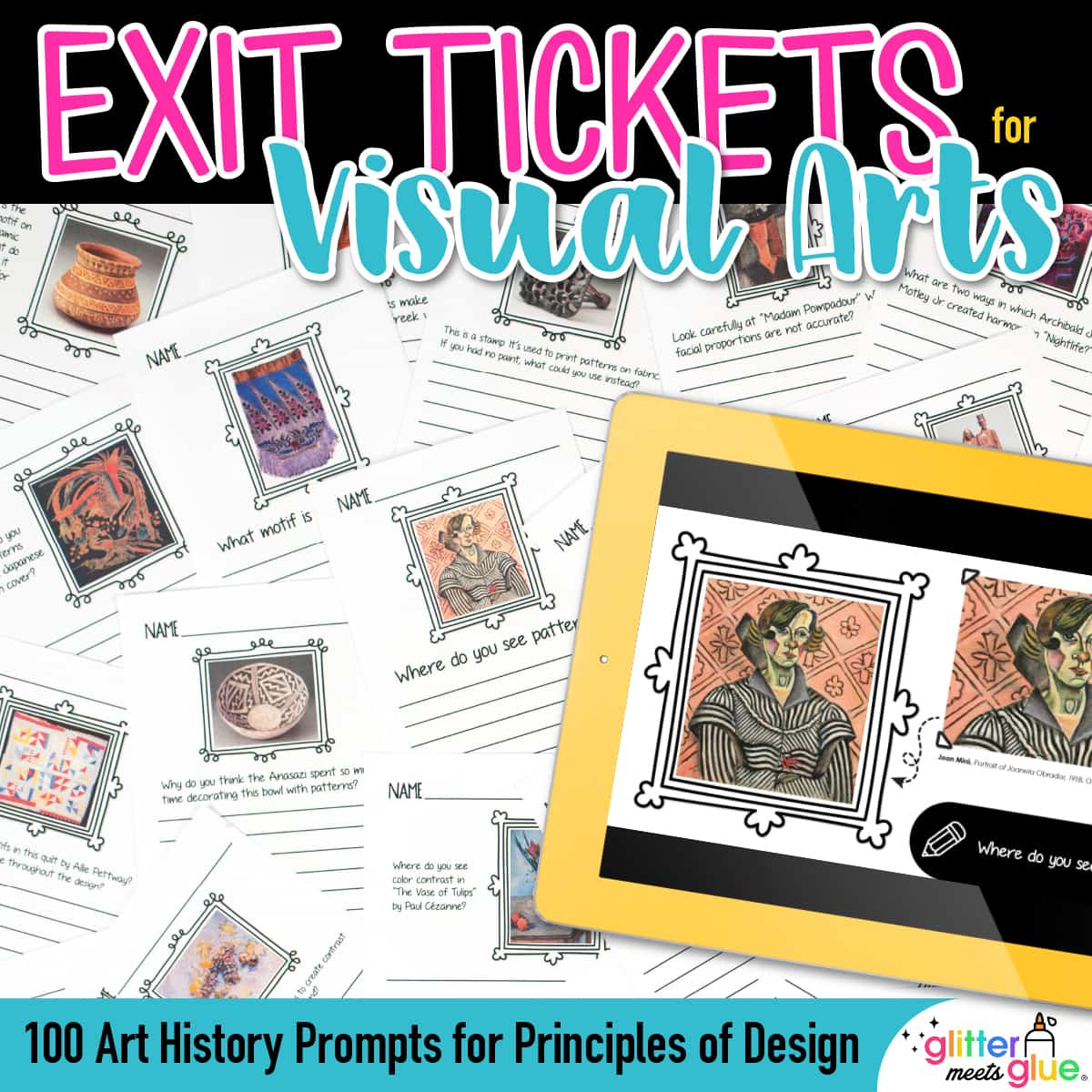
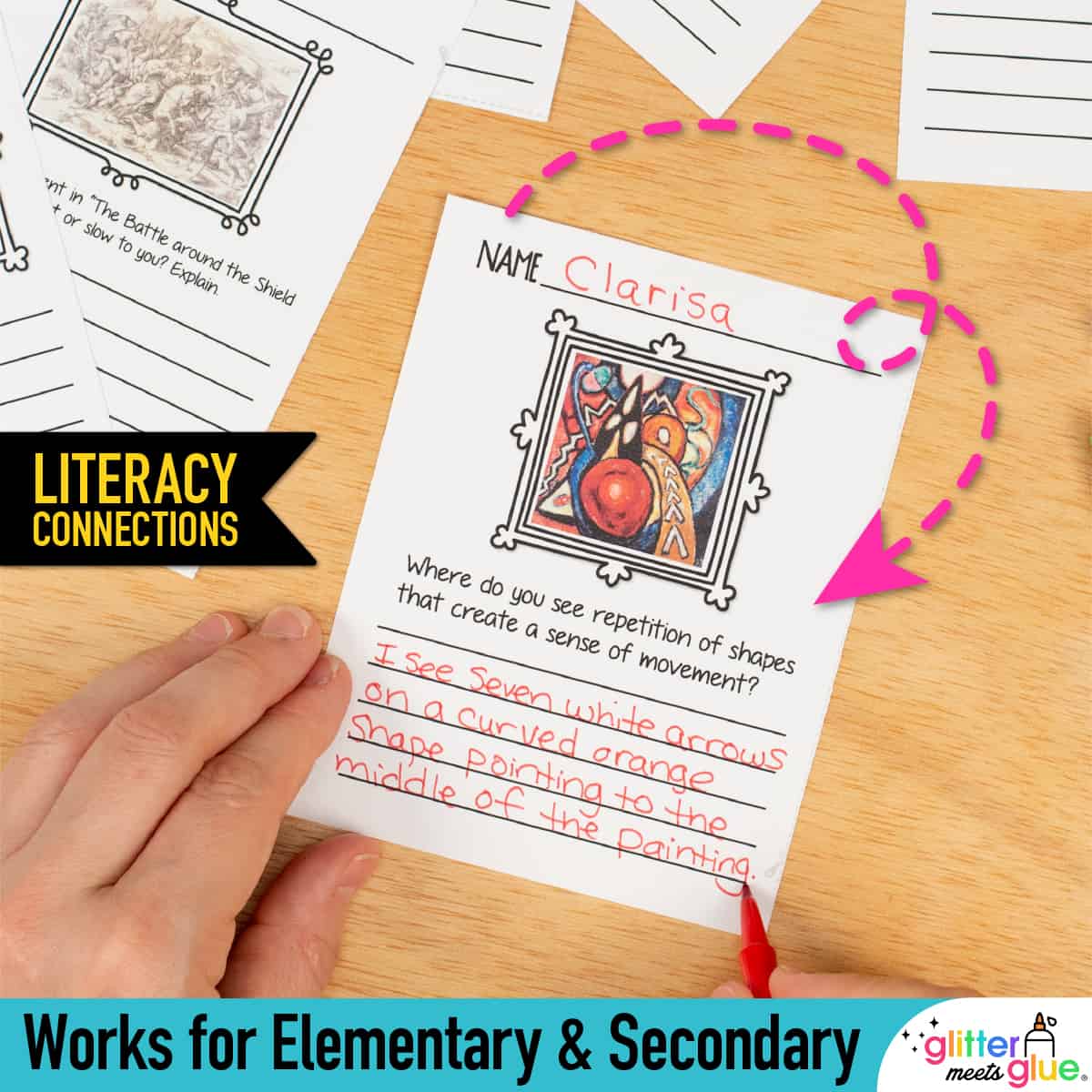

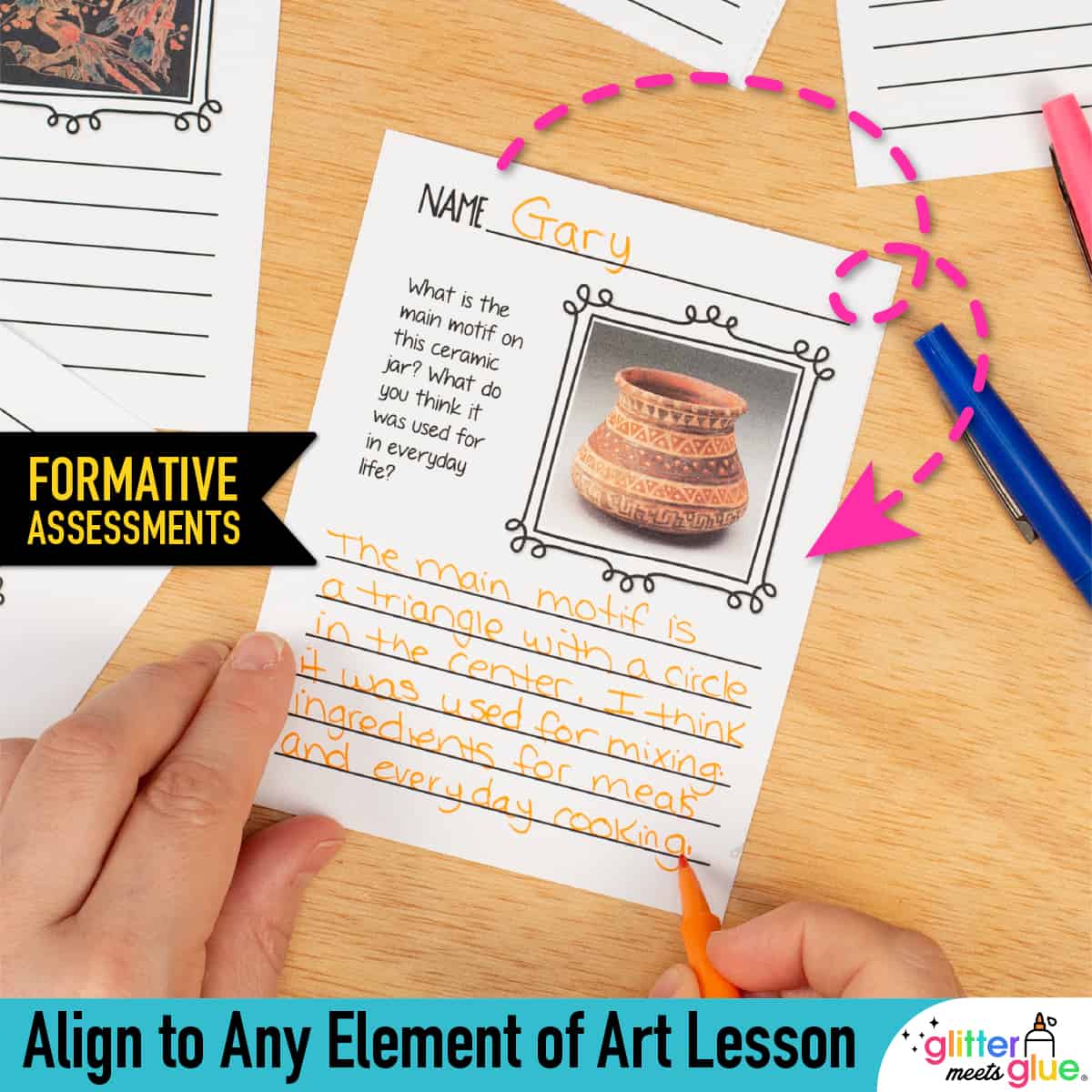
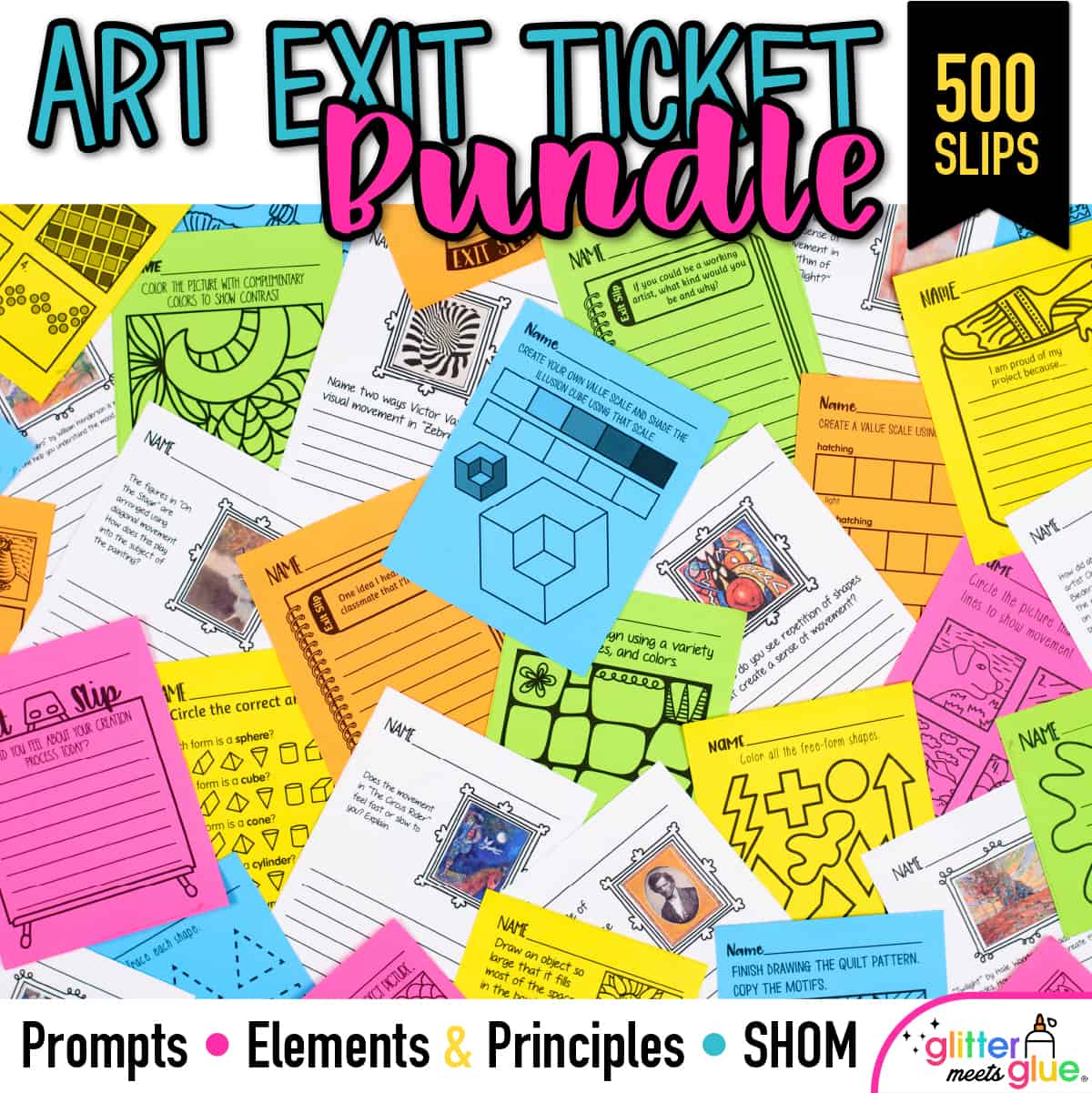
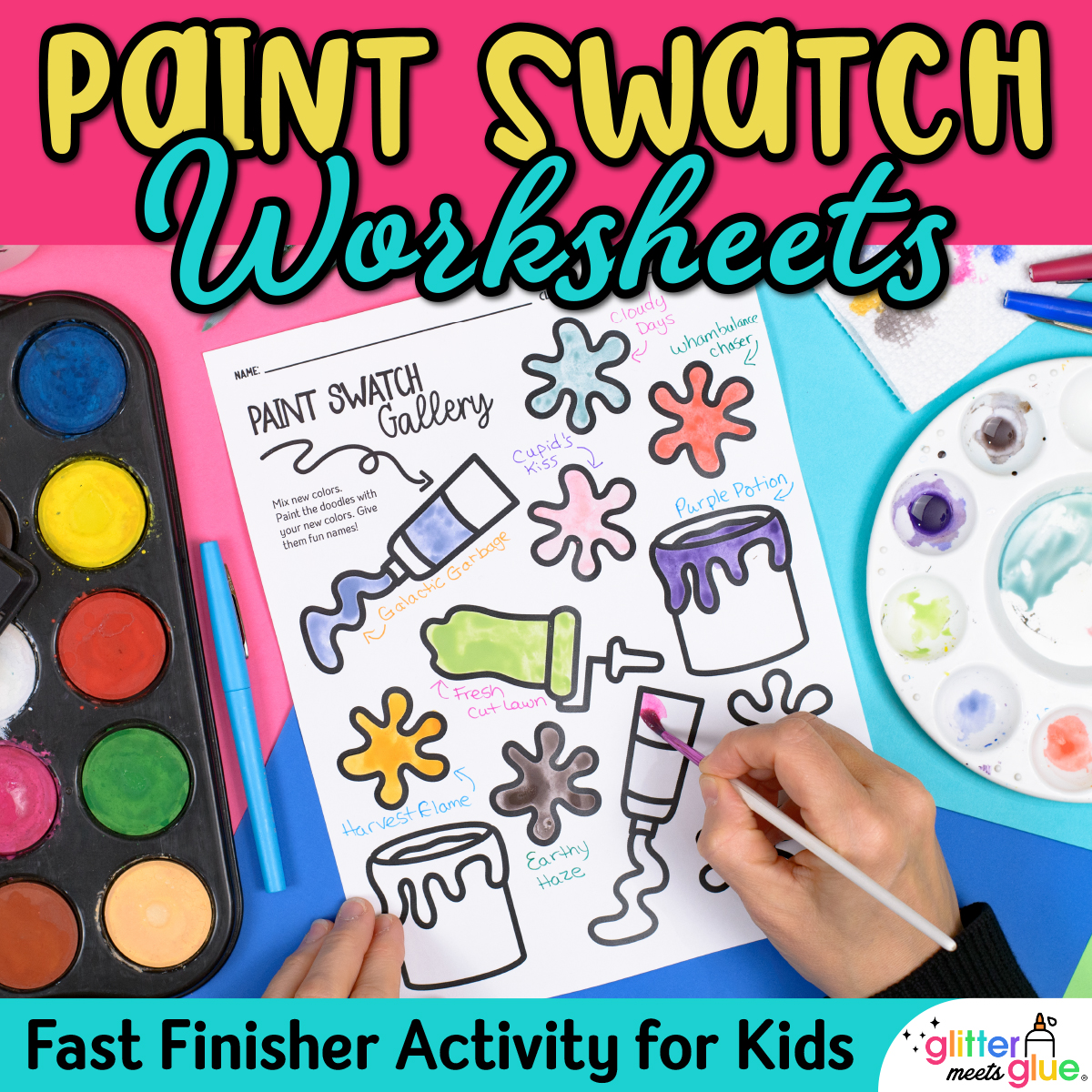
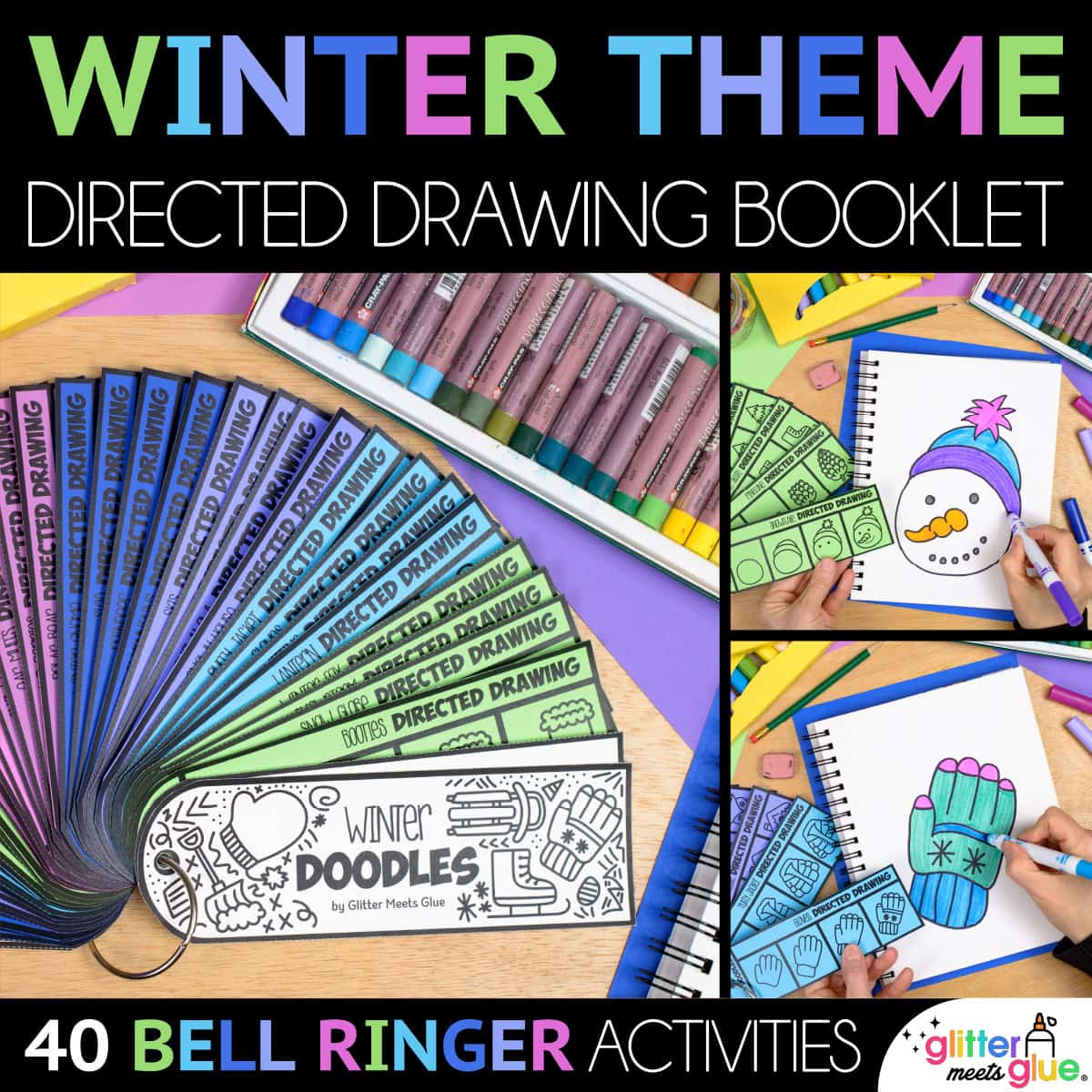
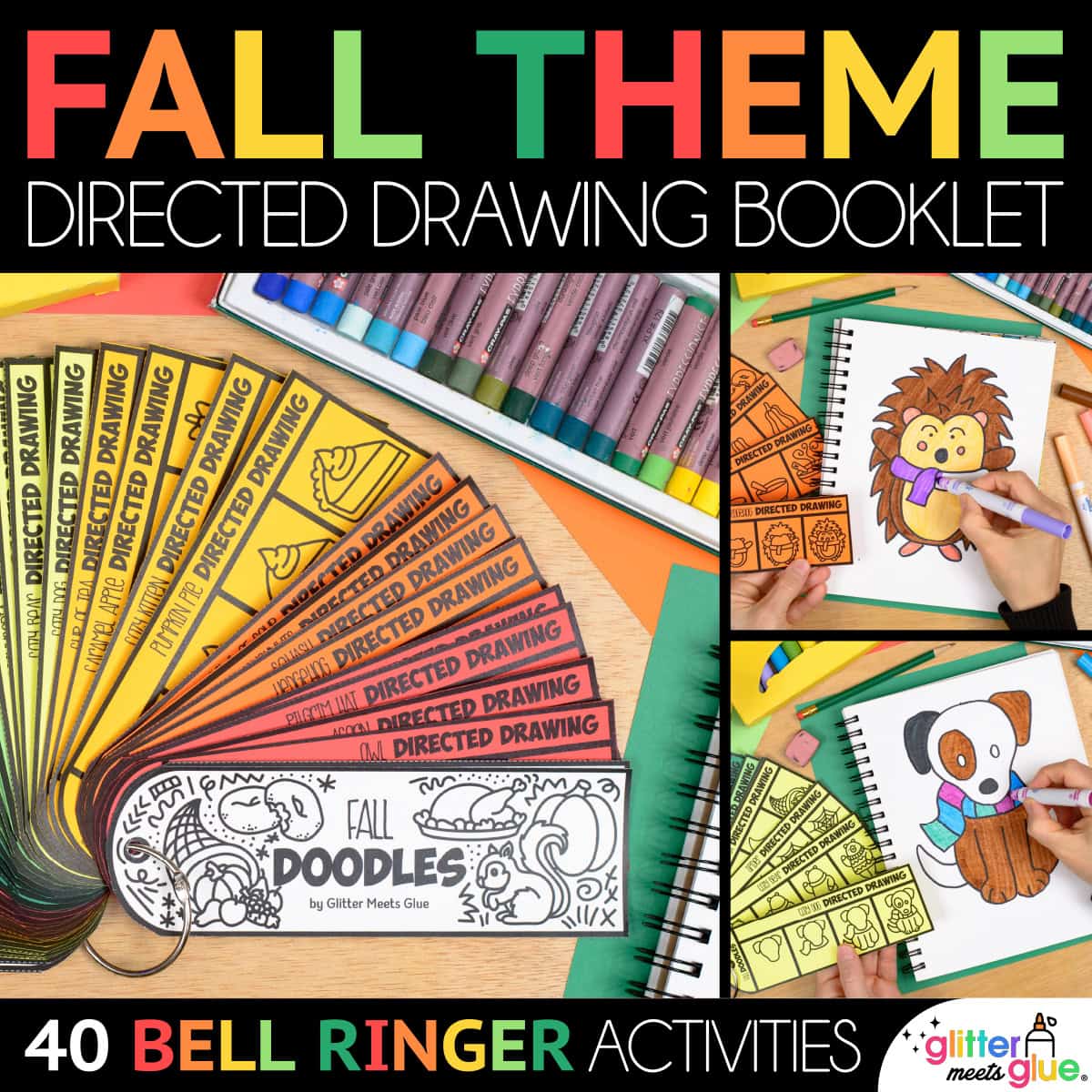
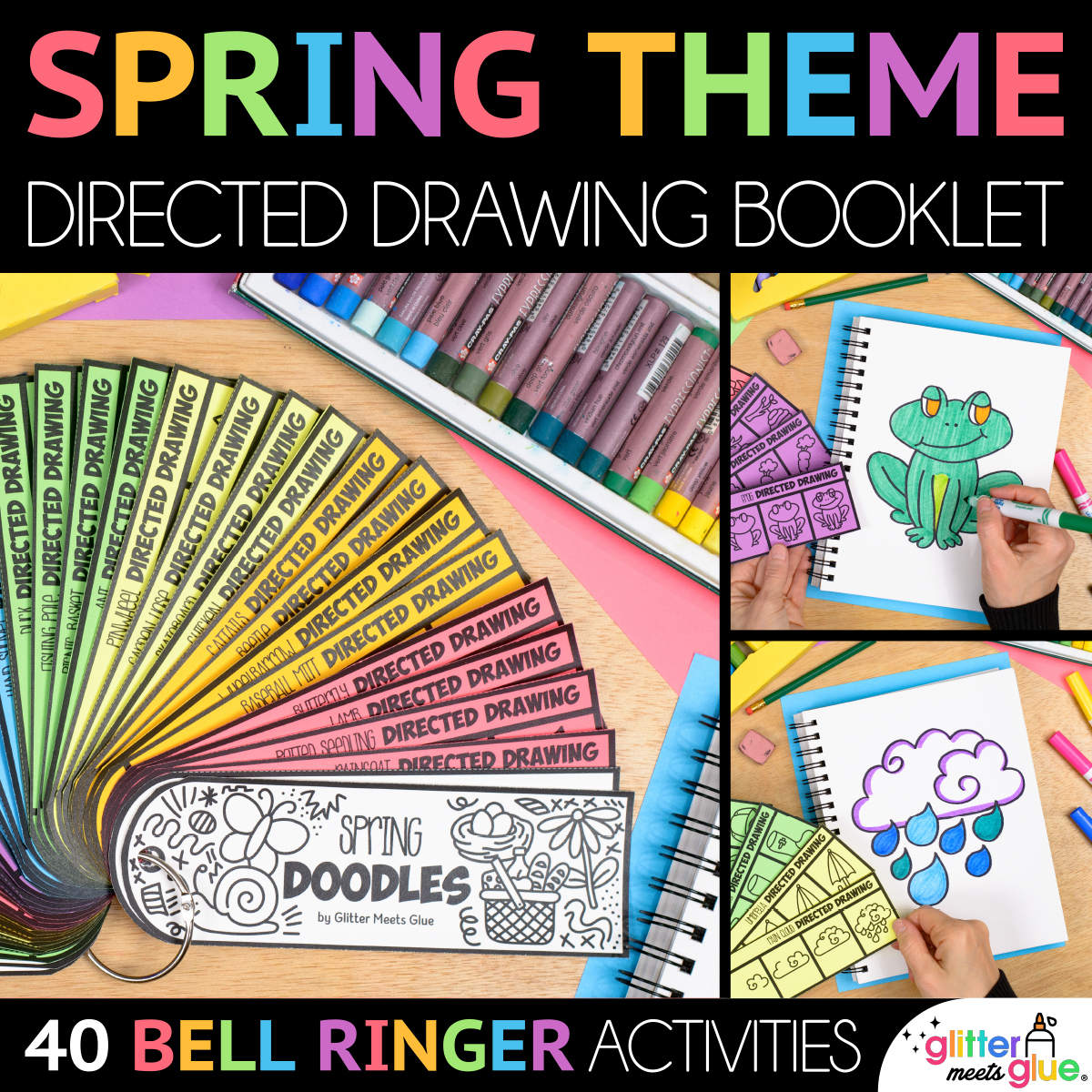

Kim D. –
This was a great resource for me to use during one of my units. Thanks
Angelika L. –
This product was exactly what I needed! I am so happy that I purchased it! It worked exactly the way I needed it to. Thank you!